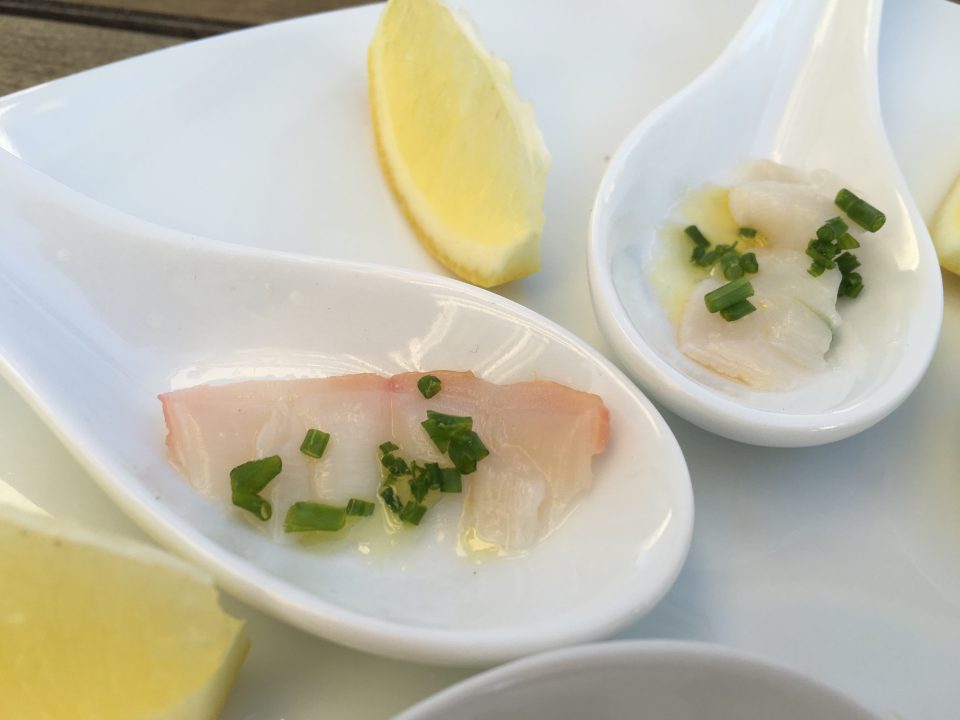

Korea probably has the most varied uses for these clams, serving them raw, putting them in soups, sauteing them, frying them, you name it. Geoducks are extremely popular in Asian cuisine. You went as far as overnighting one of these goofy things, who am I to hold you back from your culinary dreams? The flesh is crunchy and savory, so desserts aren’t your go-to with this mollusk, but don’t let me stop you from being adventurous. You know what they say: location, location, location!ĭespite what you might think at first glance, there’s a tremendous amount of stuff you can do to geoduck in the kitchen. Geoducks that have grown in fine substrate and sand tends to be more tender, while geoducks that spent their lives in mud are tougher and more earthy. Not only does the water surrounding the geoduck’s siphon effect the quality of its meat, but so too does the quality of the sand or dirt alter the taste and texture.

If humans did that… Ah, let’s just not even go there. What’s super gross is they expel their waste the same way they draw in their food. They spend their entire life (all 1.5 centuries of it) in one spot, using that creepy siphon neck to draw in seawater, plankton and minerals. Geoducks spend their lives burrowed beneath the mud, sand or silt. That’s right: between timber, apples and potatoes, the Northwest has another specialty crop that’s taking the world by storm: giant freaky clams!

In most cases, you’d probably be right, but did you know the geoduck is kind of your neighbor? They’re native to the Pacific Northwest’s coastline, and they’re actually commercially farmed in Puget Sound.

You might think this alien clam has nothing to do with you. They may live for a long time, but between commercial fishing, the introduction of parasites and the natural ebb and flow of the natural world, these poor dudes have an extremely high mortality rate. The number of those eggs that may mature into another geoduck is a fraction of a fraction of that. The number of eggs a single geoduck female can release in her lifetime numbers in the billions. Instead, the female expels tens of thousands of eggs into the ocean currents and just hopes that males are downstream getting all worked up and fertilizing them in their path. I’m not sure what sort of war crimes you perpetrate in a former life to be reincarnated as a giant alien slug-beast cursed to live for almost two centuries, but I’m glad my former self didn’t partake in such shenanigans!Īnother weird trait geoducks possess that should’ve been included in an article a couple of weeks ago is something called broadcast spawning. People have found geoducks that have lived for almost 170 years. Not only do they have weird names and appearances, they’re also one of the longest-lived organisms in the world (once you disqualify things like trees or super-cloning Aspen and fungi.). This odd alien ocean dweller is a favorite on cooking competitions, where most competitors have no idea what on Earth it is or why they have to cook with it. Despite their immense size, they start the first few years of their lives about the size of a dime or a quarter. A big freakin’ clam, getting up to almost 8 inches, but it has an extendable siphon that can reach up to 3.3 feet. If you want to deactivate its functions, you can do so from the “ System Preferences”.The geoduck is, in fact, a clam. Once active, AppTrap works in the background, detecting and eliminating, each time that you delete an application, all the related elements. Thus, the great advantage of this application is that it is capable of completely eliminating components that are usually associated to the applications that we run, and that would otherwise stay in the system making it slower and occupying space on our hard drive. But with an extra advantage: it eliminates any folder or file that can be associated with the application. AppTrap is an application “uninstaller” for Mac, that will allow you to perform this action in the easiest and most intuitive way, like always, by simply dragging the programs that we want to eliminate from our computer to the recycle bin.


 0 kommentar(er)
0 kommentar(er)
